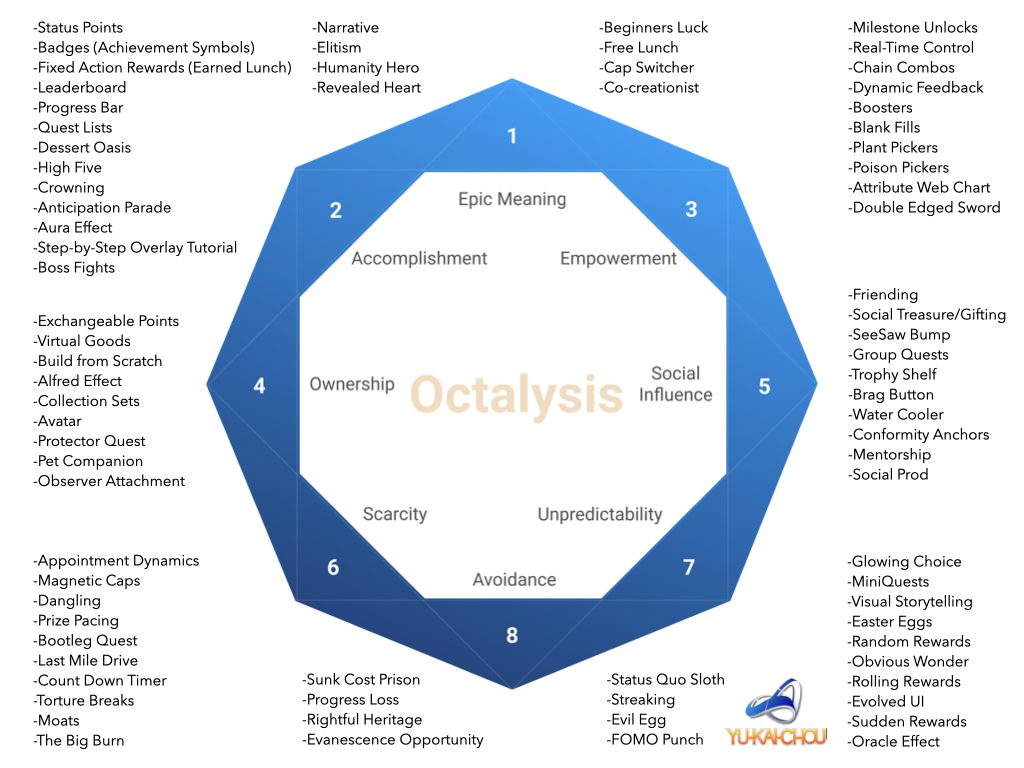Game design involves creating a compelling gameplay experience that keeps players engaged. To achieve this, game designers must understand their audience, create engaging mechanics, build a memorable world, create compelling characters, and provide interactivity. Understanding the target audience is crucial in tailoring the game to their interests and preferences. Engaging mechanics with meaningful choices that are challenging but not too difficult can keep players interested. Building a memorable world with attention to details and visually appealing characters with unique backstories will make players invested in the game’s story. Providing interactivity with interactive objects and a dialogue system creates a sense of agency for players.
Creating a Compelling Gameplay Experience: The Core Principles of Game Design
Game design is a multifaceted process that involves several disciplines such as programming, art, and sound. At its core, however, game design is about creating a compelling gameplay experience that engages players and keeps them coming back for more.
Understanding Your Audience
The first step in creating a compelling gameplay experience is understanding your target audience. Who are they? What kind of games do they enjoy playing? What are their expectations? Answering these questions will help you tailor your game to their interests and preferences.
For example, if your target audience is children, you may want to create a game that is easy to learn but challenging to master. On the other hand, if your target audience is hardcore gamers, you may want to create a game that is complex and requires a lot of skill to complete.
Creating Engaging Mechanics
The mechanics of a game are the rules and systems that govern how it is played. Creating engaging mechanics is crucial to keeping players interested in your game.
One way to create engaging mechanics is to provide players with meaningful choices. Choices that impact the game in significant ways will encourage players to invest in their decisions and make the game more immersive.
Another way to create engaging mechanics is to make the game challenging but not overwhelming. Balancing difficulty is a delicate process that requires careful testing and tweaking to create the perfect level of challenge for your players.
Building a Memorable World
The world of a game is its setting and includes everything from the characters to the environment. Building a memorable world is important because it creates a sense of immersion and makes players feel like they are part of the game’s story.
To build a memorable world, you need to pay attention to the details. Every aspect of the world should be carefully crafted, from the sound effects to the textures on the walls. Building a well-designed world requires a lot of planning and collaboration between different members of the development team.
Creating Compelling Characters
Characters are an essential part of any game, and creating compelling characters is crucial to making your game stand out from the rest. Characters should be relatable and have distinct personalities that players can connect with.
One way to create compelling characters is to give them unique backstories and motivations. This will make players invested in their stories and give them a reason to care about the characters and the game’s world.
Another way to create compelling characters is to make them visually appealing. This includes everything from their appearance to their animations. Creating visually striking characters will make them stand out and make players more likely to remember them.
Providing Interactivity
Interactivity is crucial to a game’s success because it allows players to engage with the game world in meaningful ways. Providing interactivity means creating a game that responds to player input and allows them to make decisions that impact the game.
One way to provide interactivity is to include interactive objects in the game world. Objects that players can interact with, such as doors, buttons, or levers, will make the game more immersive and engaging.
Another way to provide interactivity is to create a dialogue system that allows players to interact with non-playable characters. Players should be able to make choices during conversations that impact the game’s story and create a sense of agency.
Conclusion
Creating a compelling gameplay experience is the ultimate goal of game design. To achieve this, game designers must understand their audience, create engaging mechanics, build a memorable world, create compelling characters, and provide interactivity. By following these core principles, game designers can create games that keep players engaged and entertained for hours on end.
